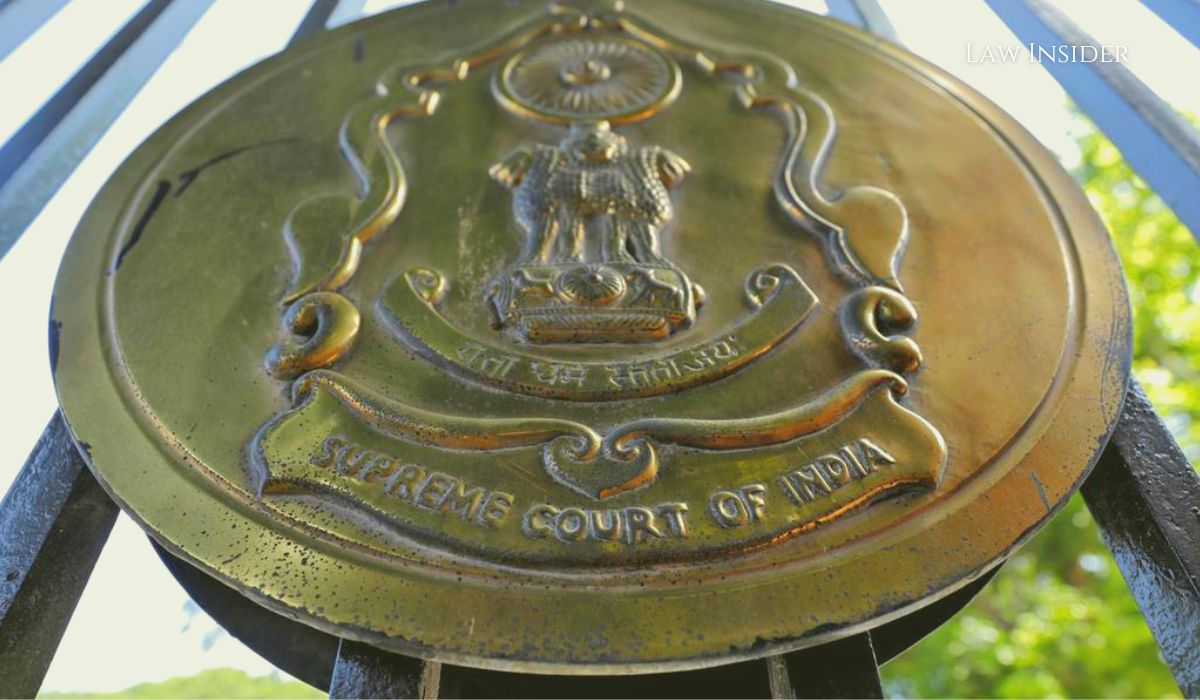Tanisha Rana
Published on: September 25, 2022 at 20:34 IST
On Friday, the Supreme Court gave notice in a case where Advocate Ashwini Upadhyay sought a declaration that violating Articles 14, 21, and 25 of the Constitution constitutes engaging in fraudulent religious conversion and engaging in religious conversion through coercion, threats, or false promises of gifts and financial benefits.
Upadhyay also requested guidance from the federal government and the states on how to take strict measures to prevent fraudulent religious conversion and conversions that are the result of coercion, threats, false promises of gifts and financial benefits, as well as the use of black magic, miracles, and superstition.
“Incidents are reported every week throughout the country where conversion is done by intimidating, threatening, deceivingly luring through gifts and monetary benefits and also by using black magic, superstition, miracles but Centre and States have not taken stringent steps to stop this menace,” the plea added.
The Ministry of Home Affairs and the Ministry of Law and Justice were given notice by the division bench of Justices MR Shah and Krishna Murari.
Now, the issue will be discussed on November 14, 2022.
Upadhyay filed the current petition in order to request an investigation into the circumstances surrounding the suicide of Lavanya, a 17-year-old Tamil girl who committed suicide on January 19, 2022, in Thanjavur.
Lavanya’s death was allegedly brought on by pressure and harassment to convert to Christianity.
He stated that “The untimely death of Lavanya serves as a warning. It makes people think of the imperialist objectives of preachers. In fact, it serves as a reminder of the sophisticated schemes utilised throughout history to eradicate Hinduism and secularism.”
“In reality, these coercive-persuasive techniques have led to the need for many more Lavanyas to take such extreme steps.”
The Tamil Nadu government, according to Upadhyay, “seems determined to eliminate the conversion component from the tale,” he claimed.
The petition further stated that, “after the dying declaration, it was noted that the kid had lost her biological mother and that it was her stepmother who had tangled with school officials when the youngster was requested to convert.”
According to the plea, religious conversion is carried out via “hook, crook, and the carrot and the stick” in all but one district.
Notably, on January 31, 2022, the Madras High Court gave the Central Bureau of Investigation jurisdiction over the Lavanya death case.
The child’s death is thought to have been a suicide because of allegations of a forcible and fake religious conversion.
The High Court agreed with the petitioner, the late minor girl’s father, that the police had been seeking to support the opposition narrative that the stepmother had harassed her rather than trying to learn the truth.
Case Title: Ashwini Kumar Upadhyay vs. Union of India and Ors.

